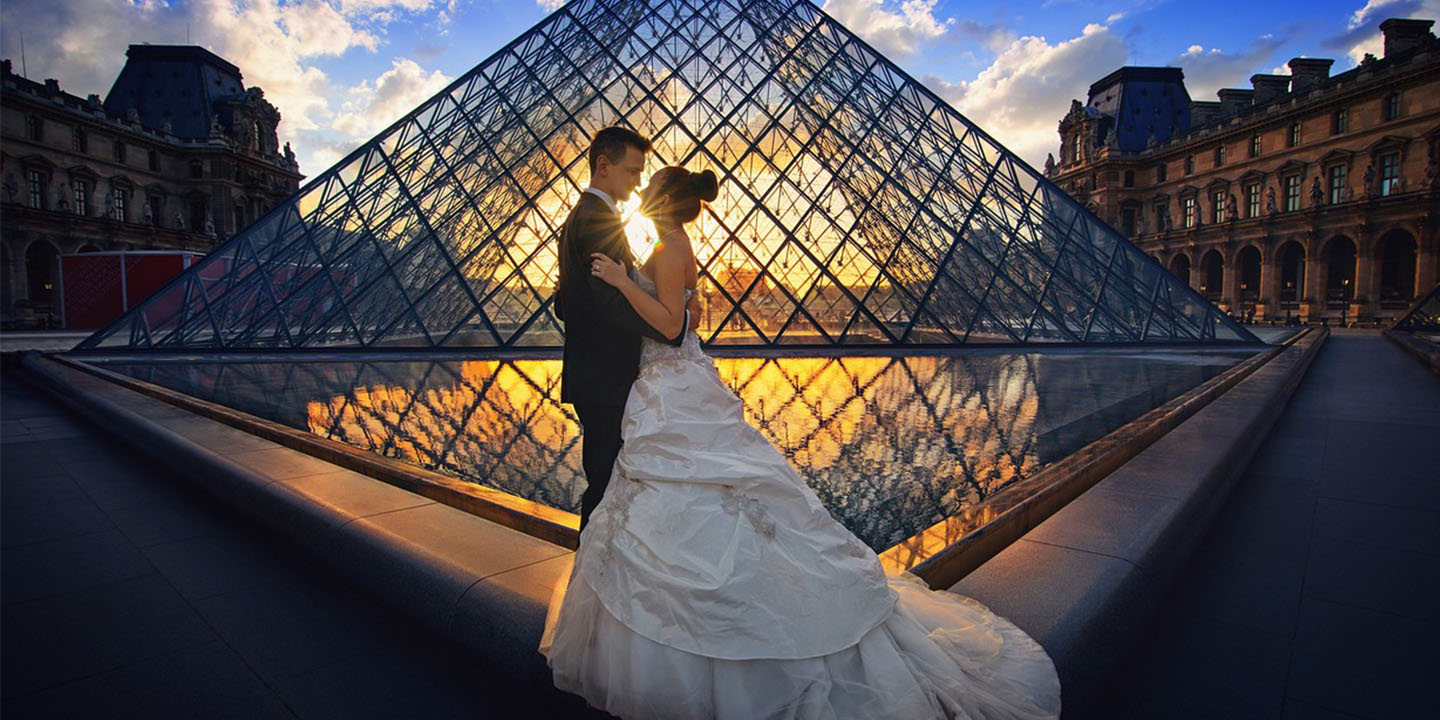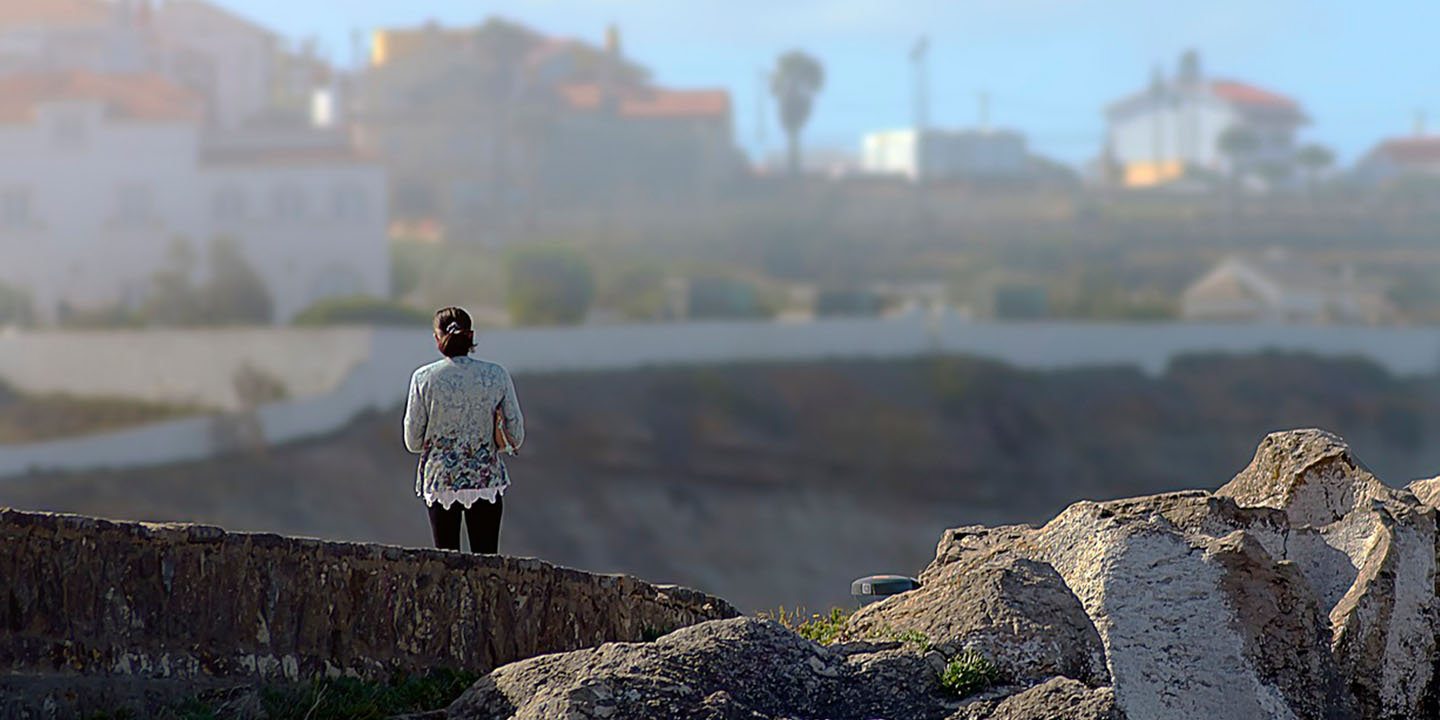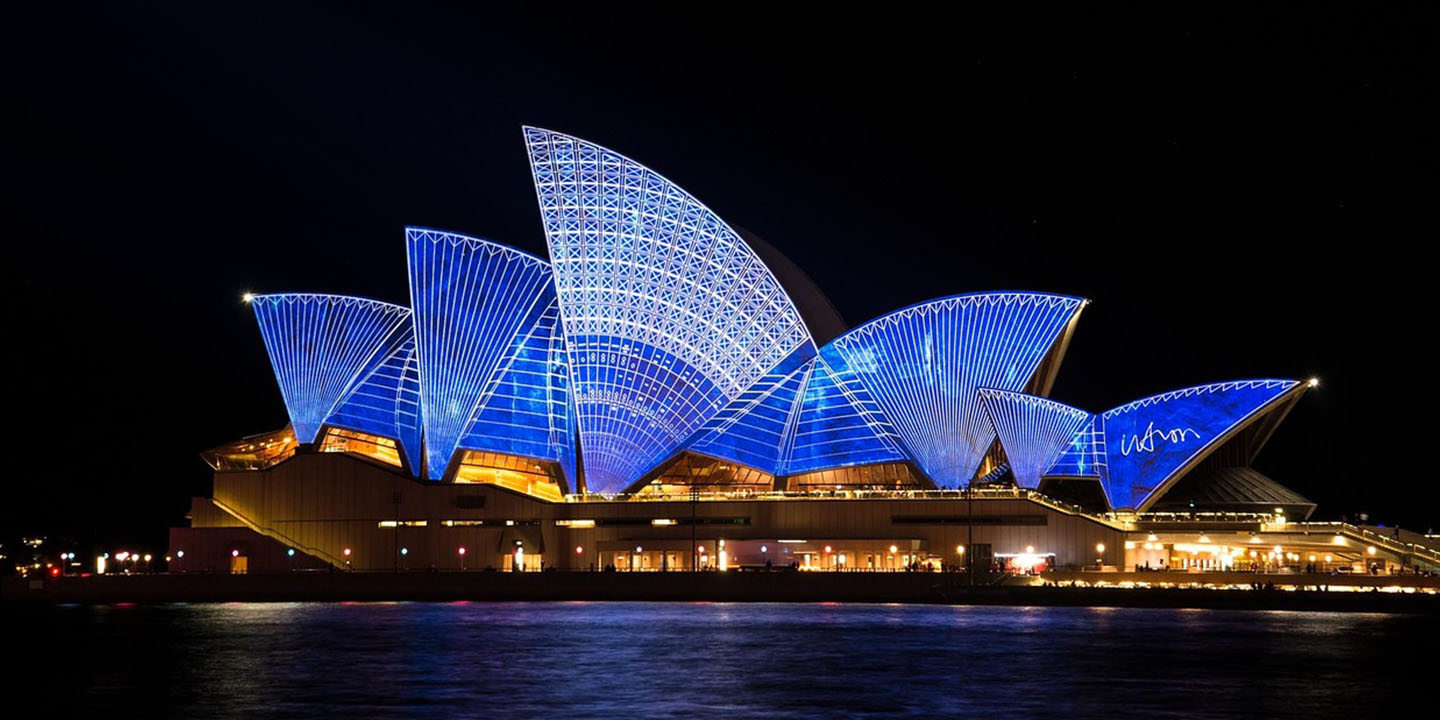History Standing With Open Arms
What happens when a country decides to wear its heart on its sleeve? You get one of the world’s tallest and most unshakable icons built right into the clouds. Christ the Redeemer isn’t just a sculpture. It’s Brazil’s answer to, “How loud can faith shout without saying a word?” Here are 20 interesting details about the monument that rewrote what faith, art, and hard work can pull off.
 Donatas Dabravolskas on Wikimedia
Donatas Dabravolskas on Wikimedia
1. Brazil Wanted A Symbol Of Faith
In the early 1900s, folks in Rio looked at the city's skyline and saw something missing—something that stood as a spiritual anchor. So, Catholic groups came together, pitching a monument that could quite literally look down on everything with grace.
 Andrew from New York, USA on Wikimedia
Andrew from New York, USA on Wikimedia
2. The Idea First Popped Up In 1850
Decades earlier, a priest named Pedro Maria Boss floated the concept of a statue overlooking Rio. He suggested it to Princess Isabel, hoping she'd approve the funding. However, she didn't. While the idea faded for a time, it finally took root and flourished in the next century.
 Unknown authorUnknown author on Wikimedia
Unknown authorUnknown author on Wikimedia
3. The Movement Restarted In The 1920s
Momentum returned years later when a group called the Catholic Circle of Rio decided the city needed a big spiritual gesture. They launched a public appeal and collected donations. It represented a sense of reclaiming public space with something meaningful and massive.
4. Paul Landowski Sculpted It In Paris
While Brazil handled the logistics, the statue's body took shape in a French studio. Polish-French sculptor Paul Landowski worked on it in pieces, never having traveled there. He sculpted it remotely, long before remote work became a thing.
 Agence de presse Mondial Photo-Presse. Agence photographique (commanditaire) on Wikimedia
Agence de presse Mondial Photo-Presse. Agence photographique (commanditaire) on Wikimedia
5. A Roman Sculptor Crafted The Face
Gheorghe Leonida, a sculptor from Romania, was responsible for that serene, emotionless face. Before this, he worked on war memorials and was a part of Landowski's team. Now, his most famous work looks down on millions every year, totally unfazed by the traffic or tourists taking selfies at weird angles.
6. A Brazilian Engineer Tied It All Together
Heitor da Silva Costa was the guy making sure it didn't fall over. He combined architectural ambition with practical math by drafting blueprints and building scale models. Without his planning, Christ might've ended up with lopsided arms or a leaning base.
 Halley Pacheco de Oliveira on Wikimedia
Halley Pacheco de Oliveira on Wikimedia
7. The Mountain It Stands On Wasn't Random
Corcovado wasn't chosen just for the view. It's 2,300 feet tall, almost impossible to ignore. The name meant "hunchback" in Portuguese. It set the stage and became iconic from the moment the statue went up. Talk about a rebrand.
8. Nine Years Went Into Building It
Work kicked off in 1922 and wrapped up in 1931. Nine years might sound like a long time, but considering there were no drones, no helicopters, and the mountain itself fought back with unpredictable weather, it was an impressive feat for that era.
9. Concrete Forms The Core
You won't see it, but inside all that grace is a solid core of reinforced concrete. The outer shell is made of soapstone, chosen for its smooth texture and resistance to rain and heat. Together, they've kept the statue standing strong through lightning strikes and storms, as Heitor intended.
10. Its Arms Stretch 92 Feet Across
The horizontal reach isn't a coincidence. Those open arms form a literal cross, visible across hills and beaches. Yes, they were designed to be welcoming, but it was also about symbolism and urban planning. The arms act as both a message and a landmark, commanding the skyline.
11. Materials Were Carried By Hand Up The Mountain
Laborers made countless treks up to the top of Corcovado from the station with materials in tow—bags of concrete and wood along with buckets of stone. No shortcuts. Just a narrow path with hoists and a lot of determination. The statue was dragged up, one hand-carried bucketload at a time.
 Jorge Láscar from Australia on Wikimedia
Jorge Láscar from Australia on Wikimedia
12. The Statue Was Inaugurated In 1931
On the big day, the skies darkened, and rain fell hard. If that wasn't enough, the brand-new lighting system fizzled. Even so, people cheered. Despite the weather and tech hiccups, Brazil had officially unveiled its most prominent symbol to the world.
 Diego Torres Silvestre from Sao Paulo, Brazil on Wikimedia
Diego Torres Silvestre from Sao Paulo, Brazil on Wikimedia
13. Funding Came Entirely From Brazilian Donations
The statue rose, thanks to coins dropped in church fundraisers and small community donations. Further support also came from wealthy Brazilian families and organizations. Everyone pitched in—from school kids to shop owners—turning Christ the Redeemer into one of history's largest public crowdfunded projects.
14. It Became A Catholic Sanctuary In 2006
By official decree, the statue became a religious sanctuary in 2006 when the Archdiocese of Rio de Janeiro declared it as such. That means ceremonies like weddings and baptisms can now take place right there, under the stone sleeves.
15. It Was Named A New Wonder in 2007
Millions of votes poured in during the global campaign to crown the New Seven Wonders. People rallied behind Brazil's giant mountaintop monument, and it made the final cut. To locals, it wasn't a surprise; the world just finally caught up with what they already knew.
 Alexandre Cesar Salem e Silva on Wikimedia
Alexandre Cesar Salem e Silva on Wikimedia
16. Lightning Strikes Have Damaged The Statue
High altitude and tropical storms? Not a great mix. Lightning strikes have broken off parts of the fingers, scorched the head, and left burn marks over the years. Restoration teams regularly climb up to fix the damage.
 A Walk On Christ The Redeemer | Repairing the Statue in Rio by Kattsafe North America
A Walk On Christ The Redeemer | Repairing the Statue in Rio by Kattsafe North America
17. A Restoration Took Place In 2010
After decades of weather wear, a full-scale restoration kicked off in 2010. Engineers and artisans patched cracks, cleaned stains, and replaced thousands of soapstone tiles. Tourists watched it happen. Scaffolding looked like a second set of arms holding the structure up.
 Vladimir Platonow/Agência Brasil on Wikimedia
Vladimir Platonow/Agência Brasil on Wikimedia
18. It Is Featured In Drone And Helicopter Tours
Helicopter tours used to be the only way to get a sky-high look. Now, drone operators fly circles around the statue to catch epic shots, especially at sunrise. The footage makes it into documentaries and travel vlogs. Helicopter tours still operate daily and remain a bucket-list favorite.
 The Messiah | Cristo Redentor 4K Drone Footage by Sebastien Das
The Messiah | Cristo Redentor 4K Drone Footage by Sebastien Das
19. It Appears In Movies And Global Media
What do filmmakers do when they want to show Rio without saying a word? They show a panoramic view of Christ the Redeemer. It's popped up in action flicks and animations. In some versions, you'll even see it getting destroyed.
20. It Symbolizes Peace And Brazilian Identity
To many Brazilians, the statue is more than a tourist stop. It represents a calm, even in the middle of chaos. Arms open wide, not in protest but welcome. That silhouette against the sky reminds locals that faith and beauty still share their skyline.

















